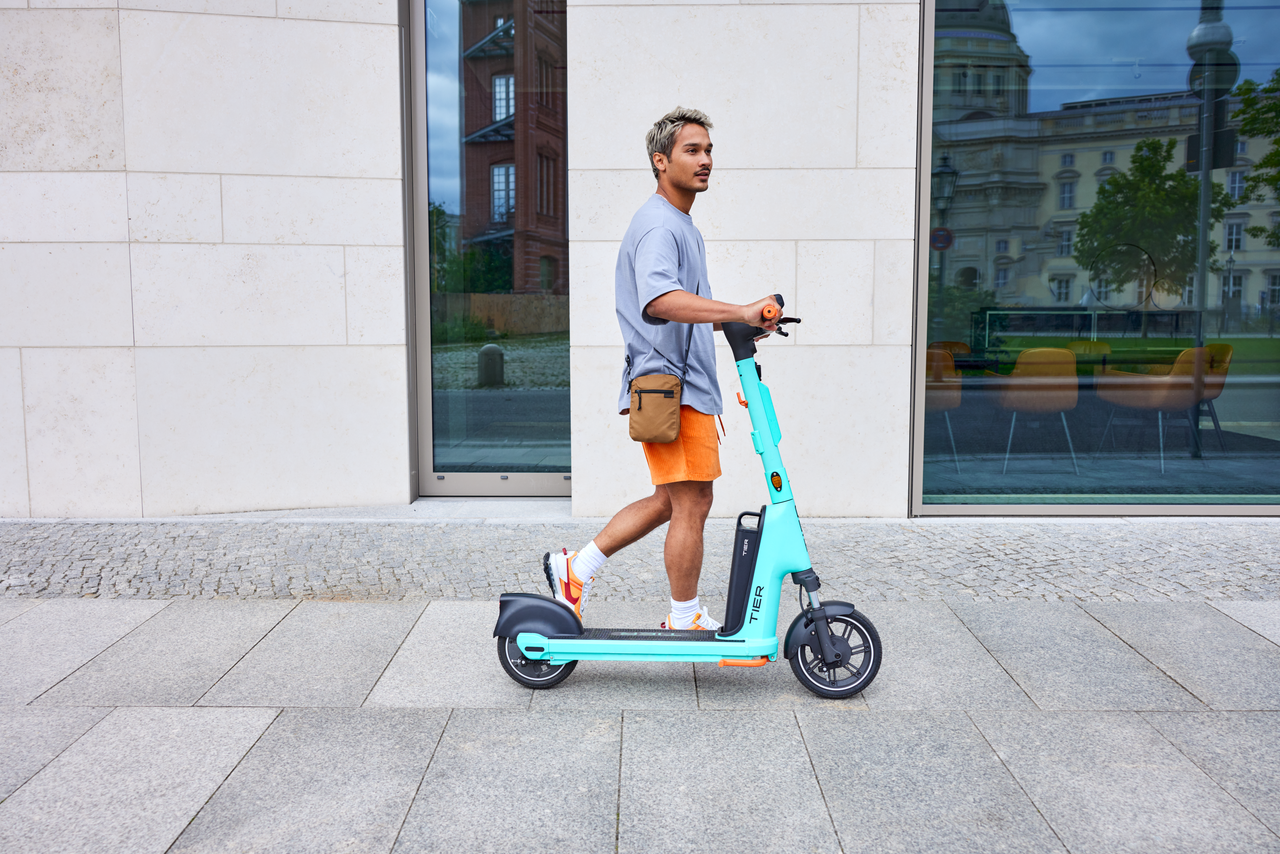Safety
New statistics show a declining accident rate on e-scooters in Sweden – understanding trends in safety data.
September 2, 2022
By Dan Nerén, Nordic Public Policy Lead & Kate Barnes, Head of Public Policy - Safety and Inclusion

Last year, more than 26 million trips and a total of nearly 48 million kilometers were traveled on shared e-scooters on the roads and bike paths of Sweden. That’s roughly 67 round trips to the moon. Essentially more people are riding scooters and more often . But while the popularity of electric scooters rises, so, understandably, does the focus on preventable accidents and keeping our streets safe.
One of the biggest problems with getting a true picture of improvements in the safety of e-scooters has been comparing statistics and data that are simply not actually comparable – or, to put it another way, comparing apples to oranges.This has masked important advancements in safety. In order to get a clearer picture of safety trends , we need to look at the accident rate for shared e-scooters. This is the number of reported accidents, as a percentage of kilometers travelled.
A case in point
In November, the Swedish Transport Agency published a report that determined accidents involving electric scooters rose in absolute terms, from 798 accidents in 2020 to 1,056 accidents in 2021 (January–August).
However, crucially, the report did not consider that during the same period the number of shared e-scooter trips more than doubled, while the distance traveled tripled.
In fact, during the reporting period, 15.7 million trips were made, which in total corresponds to just over 27 million kilometers – meaning the accident risk was 0.004 percent per kilometer driven in Sweden, or one in 15,000 trips. Compared to the 0.005 percent per km driven in Sweden in 2020, or the equivalent of one in 13,000 trips. This is a percentage reduction in the number of accidents per kilometer driven over the last year. While on first reading this might seem like a small difference, in reality the declining accident rate shows the impact of our continued work on safety.
The figures show a clear trend both on a national and regional level where the number of accidents has decreased in relation to journeys taken and kilometers travelled.
The road to vision zero
To date, it has been difficult to obtain data for accident statistics in Sweden. The Swedish Transport Agency itself has not had time to publish results to the extent that it is possible to draw conclusions with real certainty. Clearly more data and in-depth research is needed that goes beyond raw figures and seeks to identify causes and risks and what could prevent accidents from happening in the first place.
When all is said and done, one accident is too many. Reaching our zero-vision goal for preventable accidents will require the continued technical development of our vehicles and more and better use of data to guide the design and safety features they offer. But it will also need the on-going cooperation and assistance of all levels of government, law enforcement, special interest groups, and users if we are to ensure our roads and bike paths are as safe as they can be.
In order to reach vision zero, a suite of initiatives are needed to help prevent accidents. This will require the continued technical development from e-scooter operators but it also requires national authorities to play their part, such as through investing in infrastructure and enforcing road rules. These interventions must have one thing in common, they need to be driven by data, in order to truly address the root causes of accidents. To date, it has been difficult to obtain data for accident statistics in Sweden. The Swedish Transport Agency itself has not had time to publish results to the extent that it is possible to draw conclusions with real certainty.
Importantly, research reveals that our reliance on the private car is a considerable barrier to achieving our vision for a safer future. As such, modal shift away from cars is a key objective in achieving Vision Zero. This means we need not only data and research on e-scooter accidents but also access to national data sets that enable comparisons across modes of transport. Only through data and on-going cooperation with all levels of government, law enforcement, special interest groups, and users, we can realise our ambition of making streets safe for all.